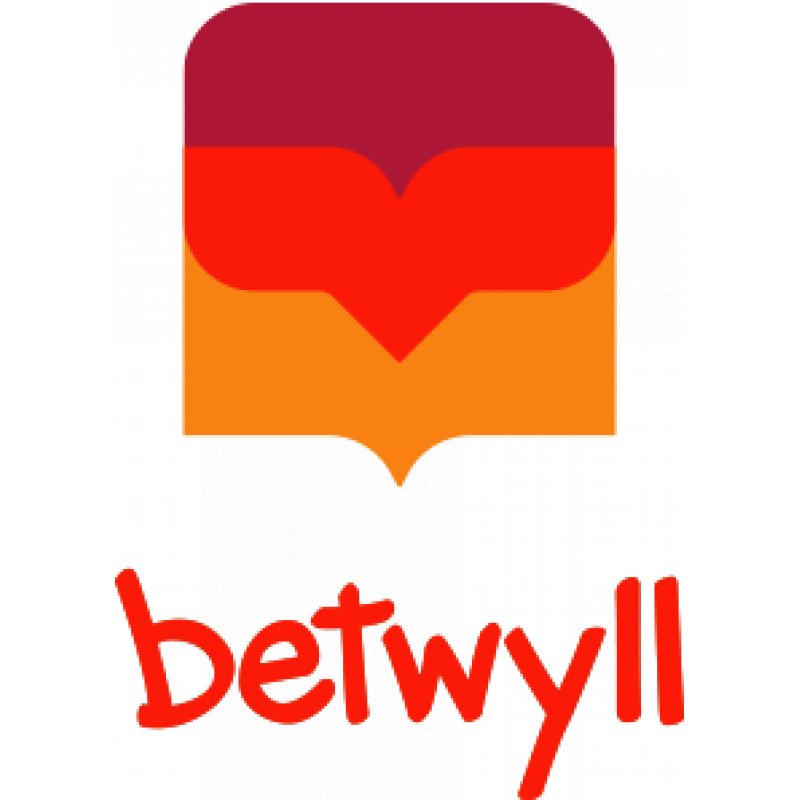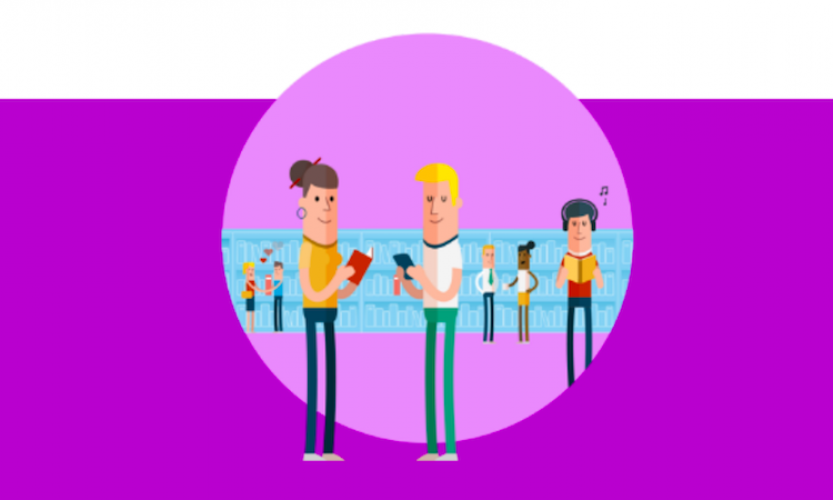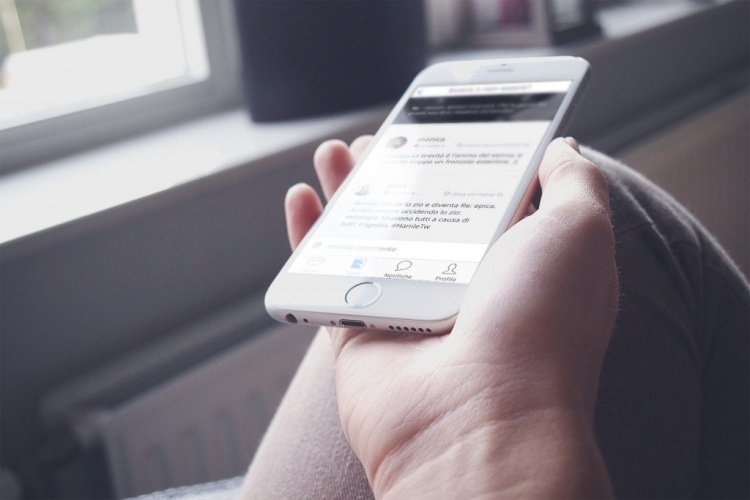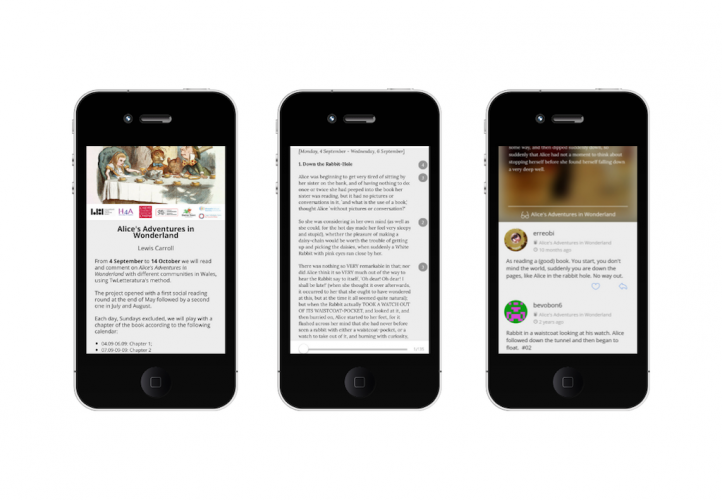Explain and discuss their understanding of what they have read, including through.
Provide reasoned justifications for their views.
Making comparisons within and across books.
Asking questions to improve their understanding of a text.
Predicting what might happen from details stated and implied.
Understand books by making inferences on the basis of what is being said and done.
Recommending books that they have read to their peers, giving reasons for their choices.
Identifying and discussing themes and conventions in and across a wide range of writing.
Discussing their favourite words and phrases.
Read easily, fluently and with good understanding.
Acquire a wide vocabulary, an understanding of grammar and knowledge of linguistic conventions for reading, writing and spoken language.
Use discussion in order to learn; they should be able to elaborate and explain clearly their understanding and ideas.
Being encouraged to link what they read or hear read to their own experiences.
Becoming very familiar with key stories, fairy stories and traditional tales, retelling them and considering their particular characteristics.
Understand books by discussing the significance of the title and events.
Understand books by predicting what might happen on the basis of what has been read so far.
Participate in discussion about what is read to them, taking turns and listening to what others say.
Explain clearly their understanding of what is read to them.
Understand books by answering and asking questions.
Explain and discuss their understanding of books, poems and other material, both those that they listen to and those that they read for themselves.
Understand what they read by checking that the book makes sense to them, discussing their understanding and exploring the meaning of words in context.
Engage in conversations; ask and answer questions; express opinions and respond to those of others; seek clarification and help.
Read carefully and show understanding of words, phrases and simple writing.
Appreciate stories, songs, poems and rhymes in the language.
Broaden their vocabulary and develop their ability to understand new words that are introduced into familiar written material, including through using a dictionary.
Write sentences by sequencing sentences to form short narratives.
Discuss what they have written with the teacher or other pupils.
Writing narratives about personal experiences and those of others (real and fictional).
Encapsulating what they want to say, sentence by sentence.
Plan their writing by identifying the audience for and purpose of the writing, selecting the appropriate form and using other similar writing as models for their own.
In narratives, describing settings, characters and atmosphere and integrating dialogue to convey character and advance the action.
Extending the range of sentences with more than one clause by using a wider range of conjunctions, including when, if, because, although.
Using conjunctions, adverbs and prepositions to express time and cause.
Using modal verbs or adverbs to indicate degrees of possibility.
Participate in discussion about books, poems and other works that are read to them and those that they can read for themselves, taking turns and listening to what others say.
Discussing word meanings, linking new meanings to those already known.
Discussing the sequence of events in books and how items of information are related.
Discussing and clarifying the meanings of words, linking new meanings to known vocabulary.
Listening to and discussing a wide range of poems, stories and non-fiction at a level beyond that at which they can read independently.
Listening to and discussing a wide range of fiction, poetry, plays, non-fiction and reference books or textbooks.
Reading books that are structured in different ways and reading for a range of purposes.
Increasing their familiarity with a wide range of books, including fairy stories, myths and legends, and retelling some of these orally.
Identifying themes and conventions in a wide range of books .
Discussing words and phrases that capture the reader’s interest and imagination.
Checking that the text makes sense to them, discussing their understanding and explaining the meaning of words in context.
Participate in discussion about both books that are read to them and those they can read for themselves, taking turns and listening to what others say.
Continuing to read and discuss an increasingly wide range of fiction, poetry, plays, non-fiction and reference books or textbooks.
Increasing their familiarity with a wide range of books, including myths, legends and traditional stories, modern fiction, fiction from our literary heritage, and books from other cultures and traditions.
Understand what they read by asking questions to improve their understanding.
Participate in discussions about books that are read to them and those they can read for themselves, building on their own and others’ ideas and challenging views courteously.







User reviews for Betwyll
You need to log in to post a review.